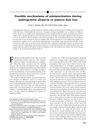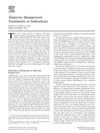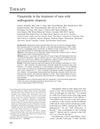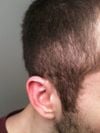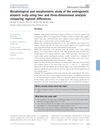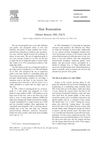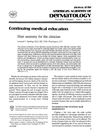Transplants from Balding and Hairy Androgenetic Alopecia Scalp Regrow Hair Comparably Well on Immunodeficient Mice
May 2003
in “
Journal of The American Academy of Dermatology
”
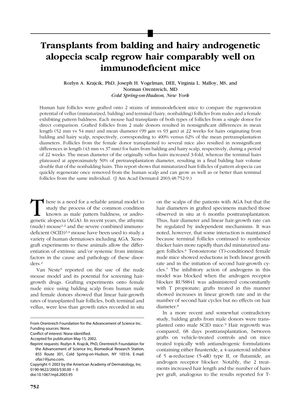
TLDR Hair from balding and non-balding areas regrows similarly on mice.
A study from 20 years ago found that hair follicles from both balding and non-balding areas of the scalp have the potential to regenerate quickly once removed from the human scalp and transplanted onto immunodeficient mice. The study suggests that hair follicles from balding scalps can still be used for hair transplantation. The study also found that the mouse environment is less than optimal for the growth of follicles originating from hairy scalp, with the rate of increase in length of these hairs appearing to be close to normal or only slightly diminished, but the mean diameter is markedly reduced.
